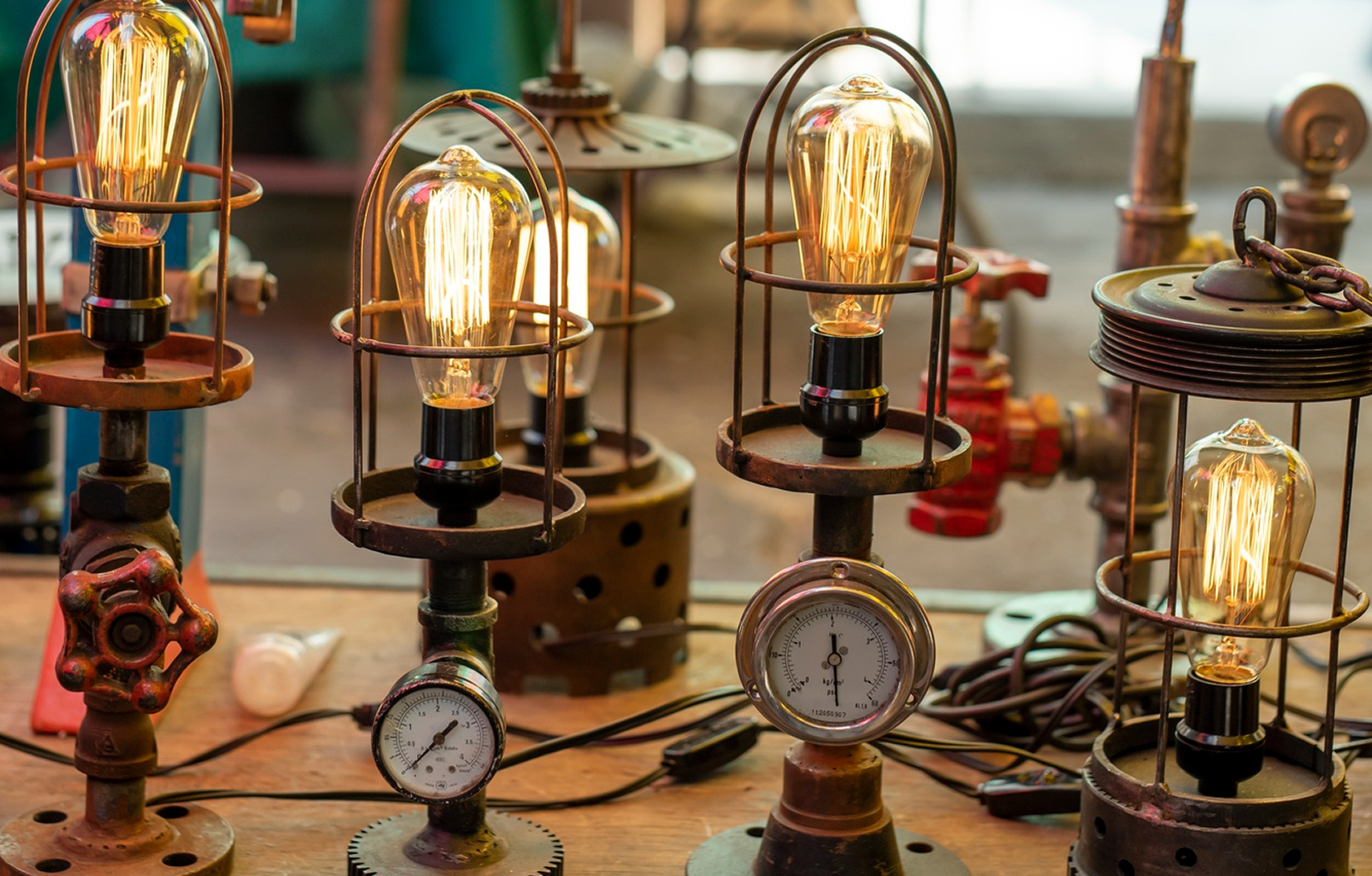The choice of material for a lamp is crucial to the performance and appearance of the product. Aluminium is a common choice, and is often used for lamp housings and heat sinks due to its light weight, corrosion resistance and excellent thermal conductivity. Aluminium not only dissipates heat efficiently, but also allows for a wide range of designs and shapes to meet the needs of different consumers.
Plastic is also a widely used material in the manufacture of lamps. Its low cost and excellent plasticity make it suitable for producing lamps of various shapes. Modern plastics also have good heat resistance and durability, and can be supplied in a wide range of colours and textures to enhance the overall aesthetics and functionality of the lamps. At the same time, the lightweight nature of plastic makes it easier to install and move the lamps.
In addition, materials such as glass and wood add unique visual effects to lamps. Glass not only has good light transmission and aesthetics, but can also be processed in different ways to achieve a variety of visual effects, such as frosted or painted. Wood, on the other hand, gives the lamps a natural and warm feeling, which is suitable for all kinds of interior decoration styles. Taken together, the choice of lighting materials not only affects the function of the product, but also has a direct bearing on its market competitiveness.




